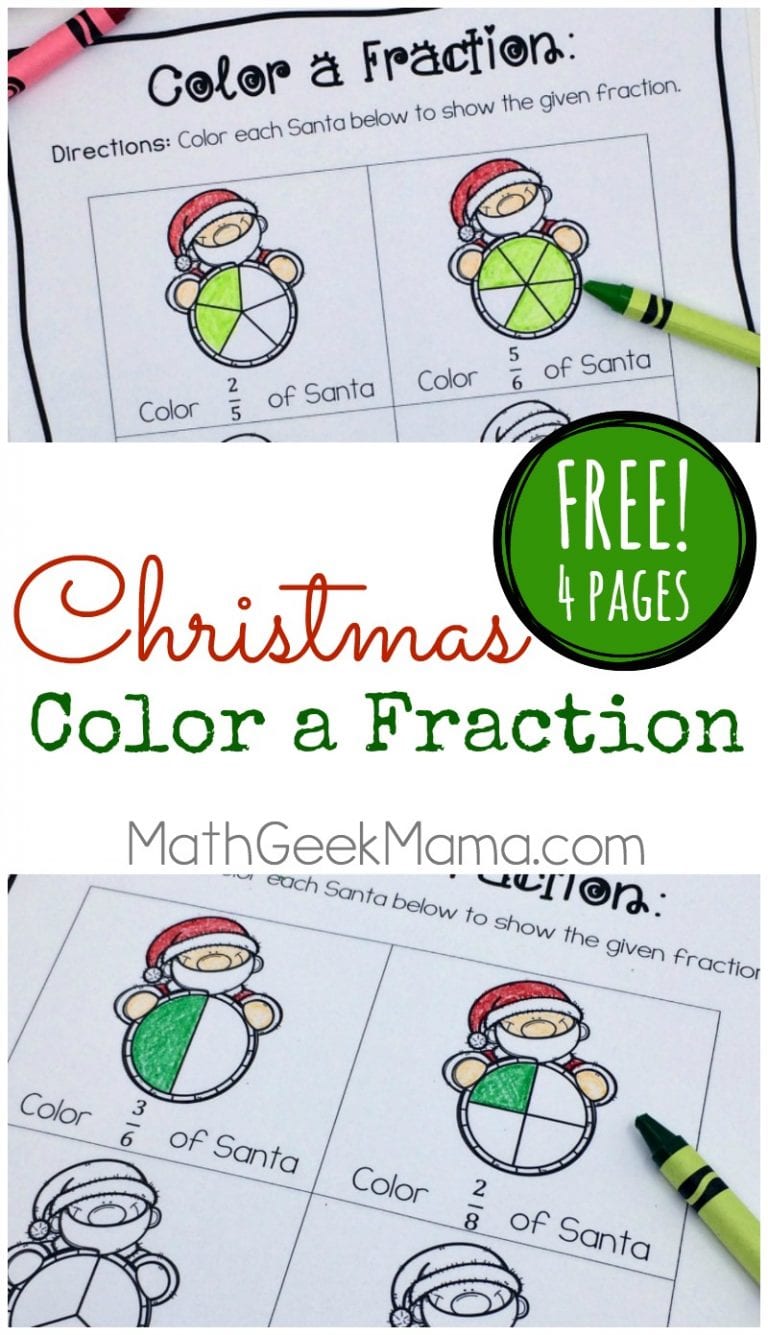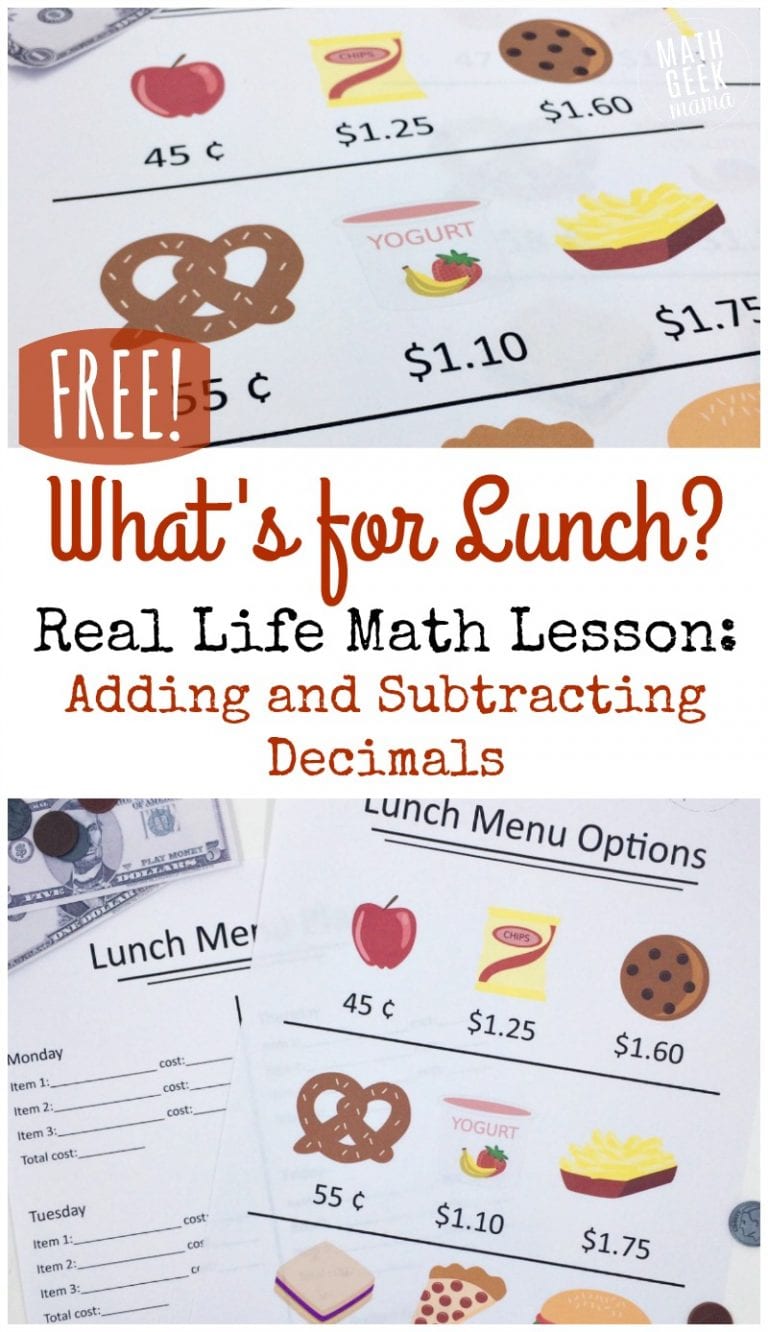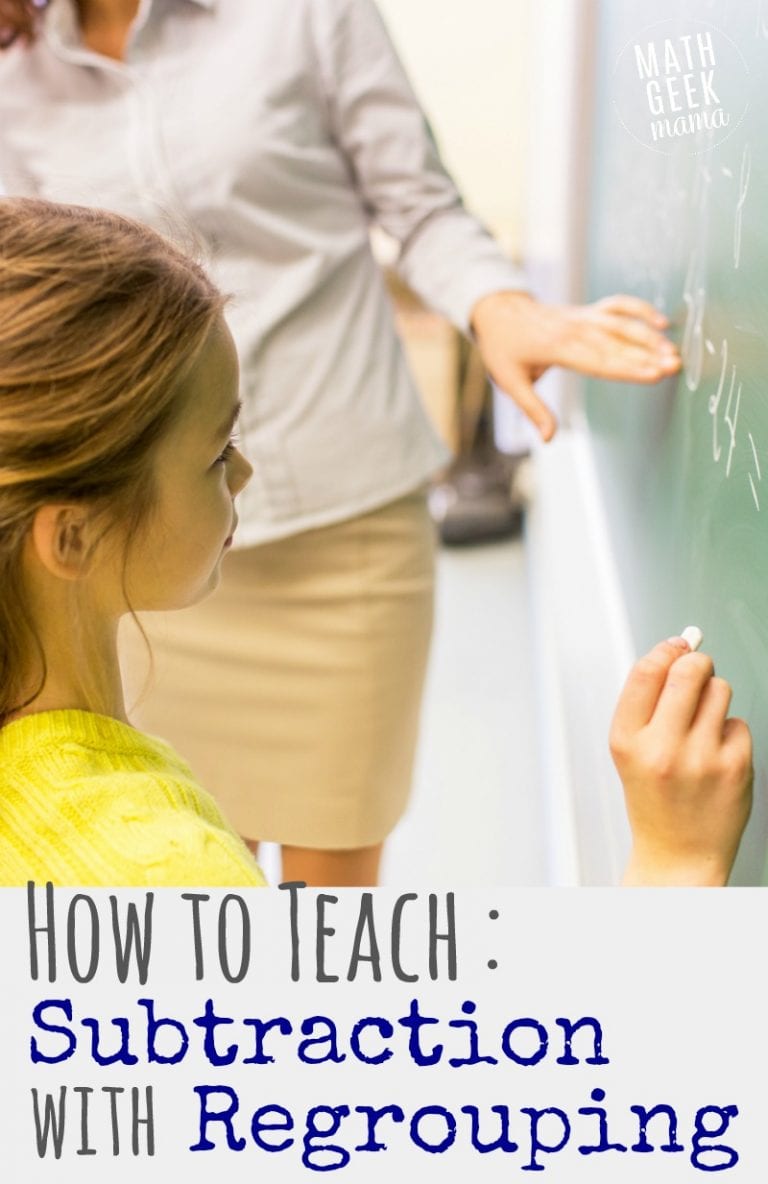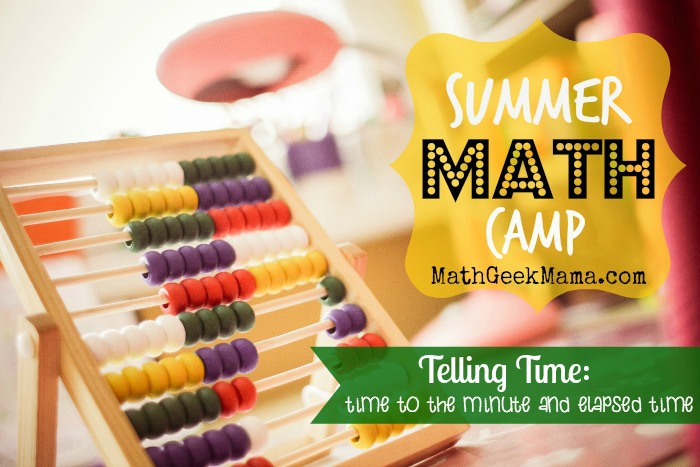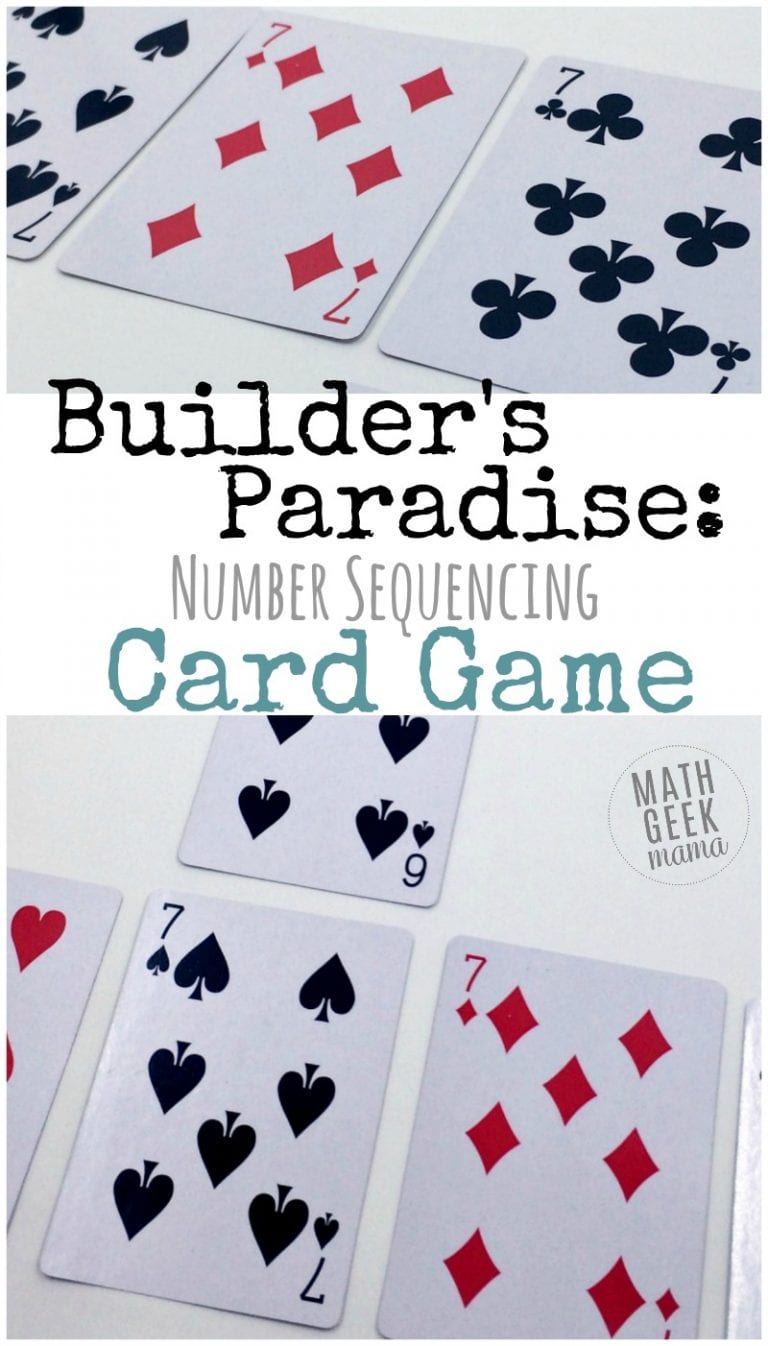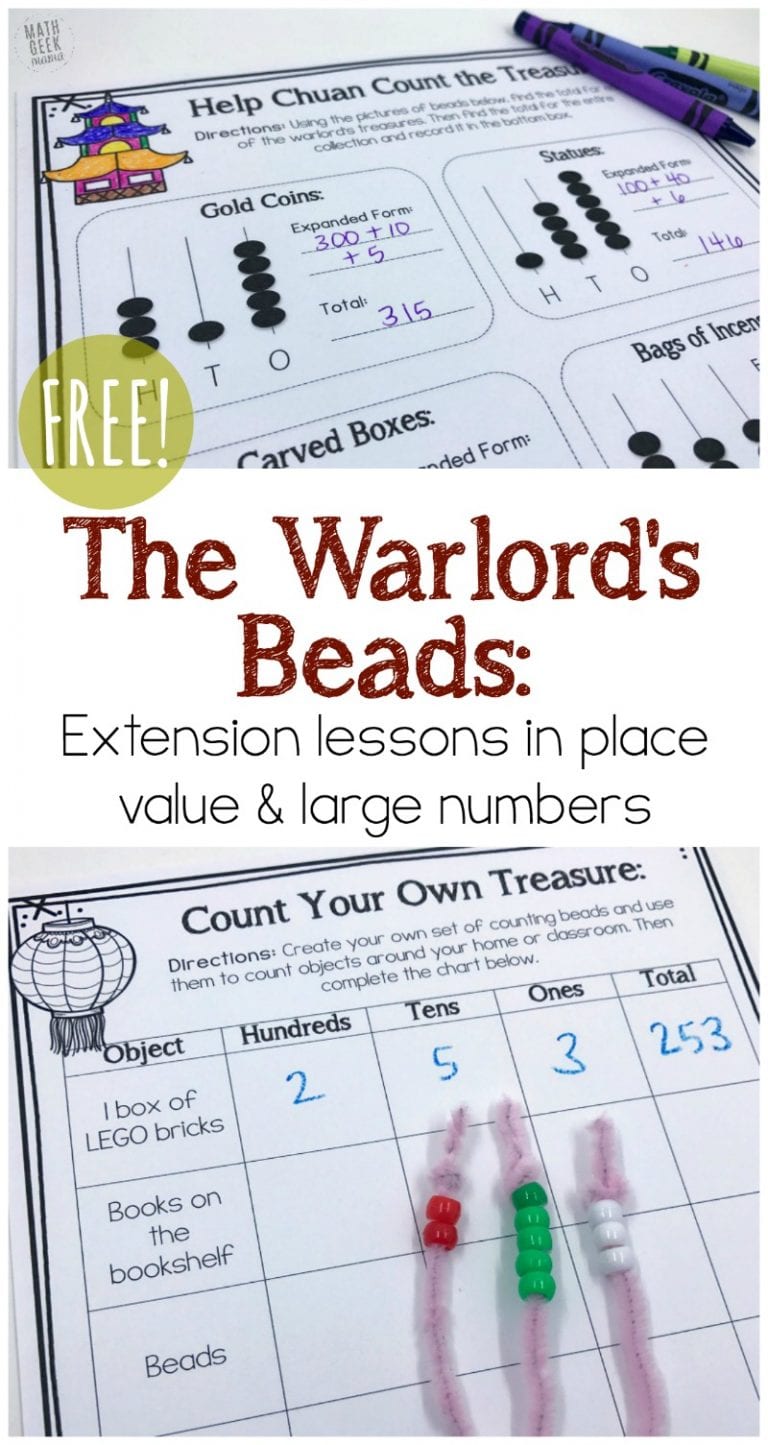Using Simple Home Projects to Teach Kids Math | Real World Math
Looking for ways to weave math lessons into your everyday life? Read about super simple home projects that teach kids math and teach essential life skills while showing your kids how to use math in real life.
Home projects aren’t just for adults. In fact, when the entire family joins in, home projects create life-long memories. Including your kids in home projects has many benefits. Not only do they help with the actual project, but they can also learn plenty of crucial skills at the same time. Math is one such skill. Home projects are full of math used in everyday means. From measurements to floor plants, math is at the core of home projects. Here are four fun home projects that teach kids awesome math skills.
*Please Note: This is a guest post from Rachel, of HomeAdvisor.com
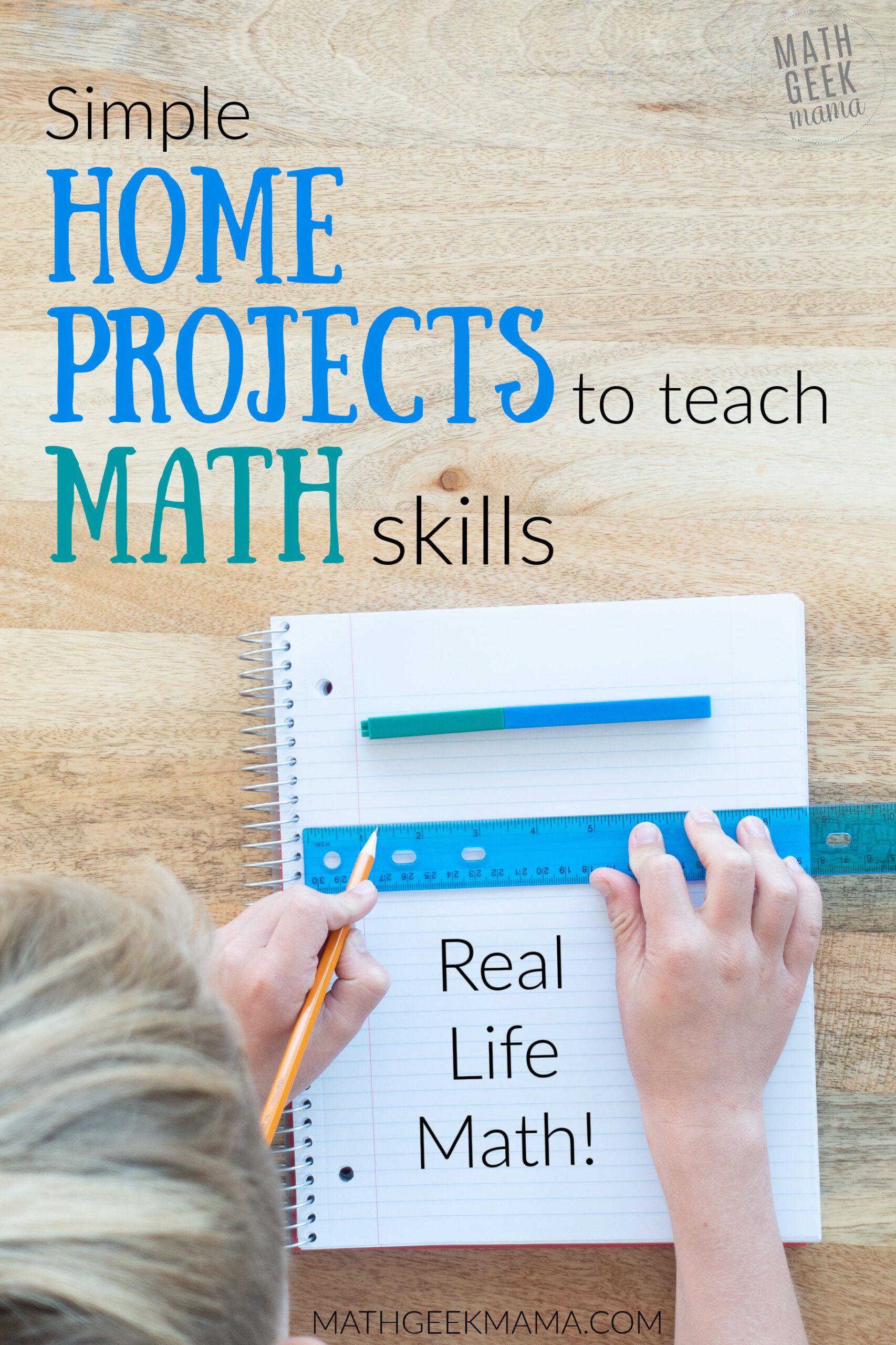
Measurements and Math
Helping your children understand the ins and outs of measurement is an essential part of their lives. It builds spatial awareness, helps them comprehend comparisons, and forms a basis for many fundamental math concepts.
Home projects allow kids to put math and measurement skills to the test. Fortunately, many home projects require precise measurements. From remodeling to shifting furniture, these jobs highlight math in a real-world setting.
You can use a variety of tools, such as tape measures and yardsticks, and measure several different types of items. For example, help them calculate the square footage for flooring projects. Or, ask them to measure the marks to cut while you build a doghouse.
Be sure to measure without tools, as well. Approximating is an important skill that kids must learn. Measuring with hands or pieces of string, for instance, hones ingenuity and creativity.
It is easy to create math problems using the items of your home project. A few great examples include:
- Measure the perimeter of your yard or garden to determine fencing needs
- Measure a door to confirm furniture will fit
- Use area and money math to calculate paint needs
Many steps of home projects use common math problems that adults usually breeze past. For kids, though, these steps provide ample opportunities to hone their math skills.
Floor Plans and Geometry
Understanding shapes, and how they fit with each other, is an essential math lesson. Nearly every home project requires the use of geometry in some way. However, finding the best lessons for your kids depends on the project itself.
Floor plans are creative activities that combine art, math, geometry, and creativity. And your kids will enjoy completing a task that helps the home project.
Consider the following tasks that benefit from floor plans:
- Rearranging the layout of a bedroom or other room
- Remodeling projects that change the shape of a room
- Changing artwork on the wall
- Calculating wall area for paint or wallpaper
No matter the job, creating a floor plan is a great mathematical tool. It helps teach ratios and geometry alongside pure math. A simple piece of graph paper can help your kids create a small scale, proportional floor plan.
Even if your task doesn’t need a floor plan, they are still great activities. Have your kids create the floor plan of the entire house. Or, perhaps they want to make the layout of their dream room or house?
Counting Activities
Counting is all around us. Indeed, when it comes to home projects, counting skills are necessary through every step.
In other words, every home project is a perfect opportunity to help your kids count! These tools counting worksheets provide a great start, but try to tailor the counting to the specific project. This helps reinforce the real-world importance of math.
Counting activities are great for kids of any age. Younger children can count and sort safe items, like fabric or paint swatches. Older kids can provide great help counting and sorting screws, building supplies, cleaning supplies, and more.
Feel free to customize these activities to the strengths of your kids. For example:
- Count out the number of nails or screws needed for the project, and organize them into equal groups
- Start broadly with young kids, and count rooms, cushions, steps required or anything else
- Count the number of plants you’ll be planting in your yard or garden
Counting activities help your kids learn about the items around them. And counting during home projects keeps the entire family involved.
Math-Based Scavenger Hunts
Scavenger hunts are great ways to keep kids active and involved in a home project.
There are many options to include scavenger hunts during a project. Start with this printable tools scavenger hunt, which features many common tools.
You could also use the page for kids to count and keep track of how many they find of each tool.
Hide the tools around the house or yard, and have your kids find them before the project starts. Make it a fun family game by creating teams and keeping score.
There are plenty of other scavenger hunt-inspired activities, as well. For example:
- Head to the store with a scavenger list of items needed for the project
- Browse the web with your kids in a virtual scavenger hunt to find items to add to the home
- Use these handy area scavenger hunt printouts to help kids practice calculating area and perimeter
Scavenger hunts keep your kids active, and the entire family involved. Of course, you can jump in and help whenever needed. Always remember, however, that scavenger hunts are fun, no matter the hunt’s outcome.
We use math every day. Highlighting the common uses of math through home projects is a great help for kids. From lessons in measurement to understanding real-world geometry, home projects present prime opportunities to help your kids have fun with math.


